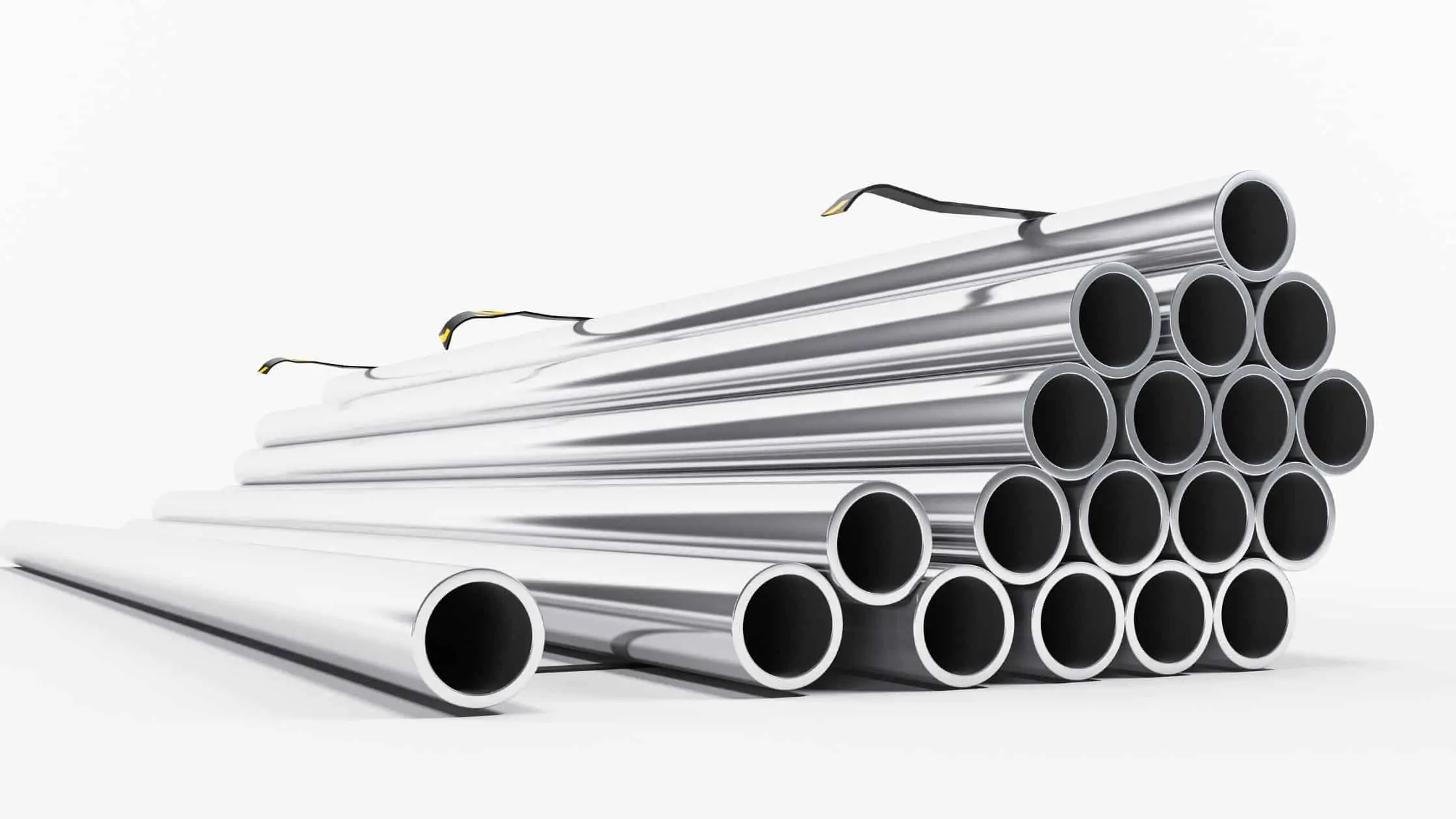Stainless steel is one of the most common materials for making pipes and tubes for wide-ranging applications. These tubes undergo several processes to make them usable, one of which is tube bending.
Tube bending sounds like a simple technique, but there is much more to it. For any application, bending requires considering factors such as the bend angle and bend radius, so the tube fits the requirement perfectly.
Therefore, this article will discuss how to bend stainless steel tubing taking care of all the factors that matter.
What are the Different Ways to Bend Stainless Steel Pipes and Tubes?
There are many methods to bend stainless steel tubing. Some of these methods are:
Mandrel Bending
Mandrel bending is one of the most common types of bending methods. A solid mandrel is inserted inside the tubing, and the bending tool applies pressure to bend the tubing. The purpose of the mandrel is to ensure the tubing does not collapse, taking into account the force applied to it.
Three Roll Bending
Roll bending is also known as angle bending. Three rollers are placed consecutively to one another, and the tubing/pipe passes through these rollers, creating the required bend radius. The rollers can be in a horizontal or vertical position. Roll bending is used for stainless steel tubing when manufacturers require spiral bends.
Draw Bending
A draw-bending machine is a simple tool. In this bending process, the tubing is held stationary by a clamp die while a pressure die moves the tubing to achieve the required bend. Draw bending doesn’t use a mandrel – it uses a ‘bend die’ to maintain the circularity of the bend.
Compression Bending
In compression bending, the tubing is held in position by a clamp die. Then it is bent around a stationary bend die while a compression die applies pressure. This type of bending method can produce symmetrical bends. The accuracy and bend quality achieved by this method is not very good.
What to Look for When Buying a Stainless Steel Tubing Bender?
When you are considering buying stainless steel tubing benders, there are certain factors you should consider. These factors are:
Budget
First, outline the price you want to pay for a stainless steel tubing bender. A higher price limit will allow you to access hydraulic benders that require little to no physical effort. If your budget is strict, consider a cheaper mechanical tube bender. You can find a good quality one in any price range.
Bend Angle
Every tube bender has a maximum bending limit. A higher range of bend angles significantly increases the possible applications of the tube bender. Most tube benders can bend up to 180 degrees. RogeuFab’s metal tubing benders can go far beyond that. You can read more about this feature on our website.
Springback
When buying a tube bender, it is wise to choose a machine that has measures to eliminate springback. Springback is common in metal tubing and can often cause the deformation of the bend, destruction of the tube, or even injury to the operator in some cases.
Material Thickness
Material thickness is another important factor that can vary among different tubing benders. As in the case of bending angles, a machine that can bend thicker materials increases the applicability of the product.
One Shot Angle
All tubing benders have a maximum one-shot angle, or how far they will bend tubing in one go. The higher this angle, the less effort is required to create a particular bend. It speeds up production and makes bending a tube/pipe significantly easier.
What are the Benefits of Rogue Fab Tube Benders for Stainless Steel Bending?
Rogue Fabrication makes some of the most high-quality tubing benders in the country, used by fabricators across a wide range of industry sectors. Whether bending steel or aluminum, professionals choose these machines for a variety of reasons:
- Rogue Fabrication benders come with support for a hydraulic conversion kit. This kit can transform any mechanical bender into a hydraulic bender, providing vast scalability in the future. This fantastic feature gives you a low-price bender that can adapt to your future needs.
- All tube benders in the Rogue Fabrication catalog have a bending capability of more than 180 degrees. The one-shot bending angle is 94 degrees. That’s more than any other alternatives offer.
- These benders are versatile and can create simple and complex bends such as the S bend. They can bend steel, brass, aluminum, copper, and even titanium tubes (limited wall thickness).
- They support a maximum of 2 1/4-inch thickness, which allows you to manufacture parts like turbo manifolds and roll cages in-house. Doing so lowers the manufacturing price significantly and speeds up the fabrication process.
Warranties
At Rogue Fabrication, we love giving our customers peace of mind. That’s why nearly all of our products come with a lifetime warranty to the original purchaser. It’s a sign of our confidence in our products – designed and built to last.
We guarantee that our benders and other tools will work as we describe, and do the tasks they are designed and marketed to do (when assembled correctly). So go ahead and make your purchase with confidence. We’ve got you covered.
Items not designed or manufactured by Rogue Fabrication carry a separate warranty from the manufacturer. If you have any issues with your Rogue Fabrication product, just let us know, and we’ll be happy to help you sort them out.
Frequently Asked Questions (FAQs)
Here are the answers to some common questions about stainless steel tubing benders:
How hard is it to bend stainless steel tubes?
Without the right stainless steel tube bender, it can be almost impossible to bend them, or the tubes might deform while bending. However, the high-quality benders from Rogue Fabrication are ideal for bending steel tubes, aluminum, copper, and more, with little physical effort.
